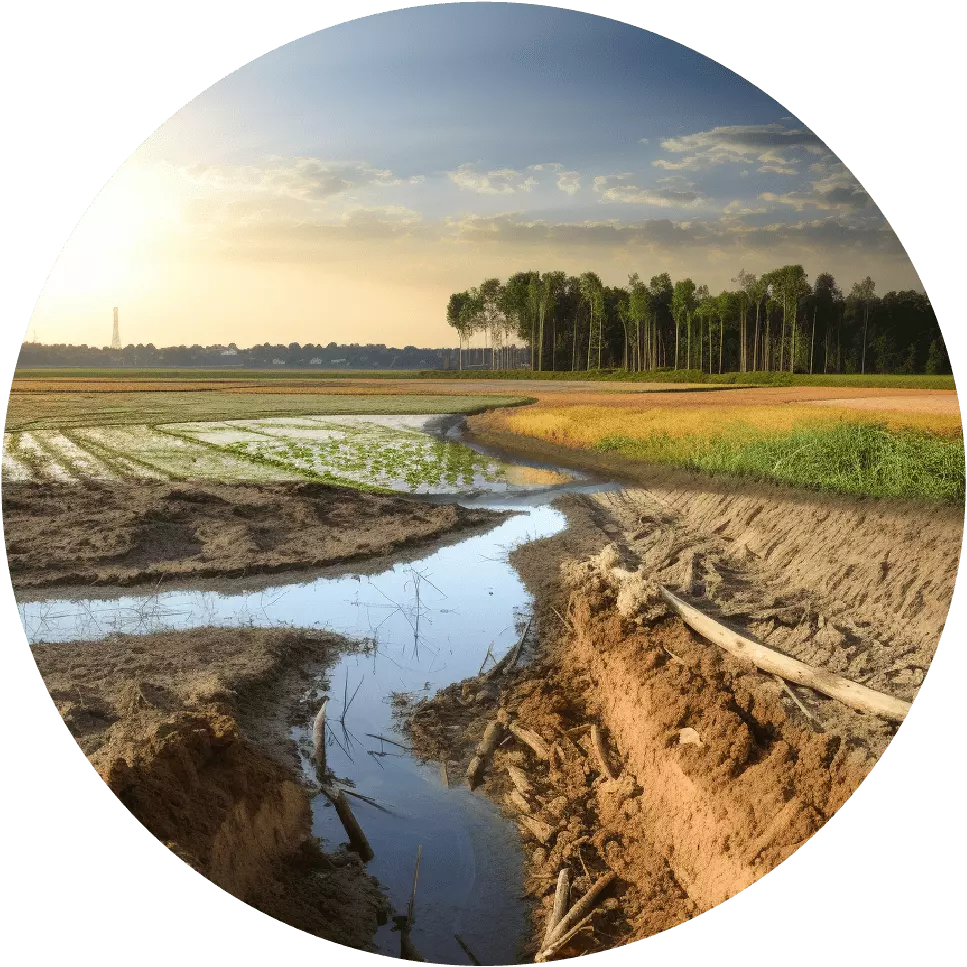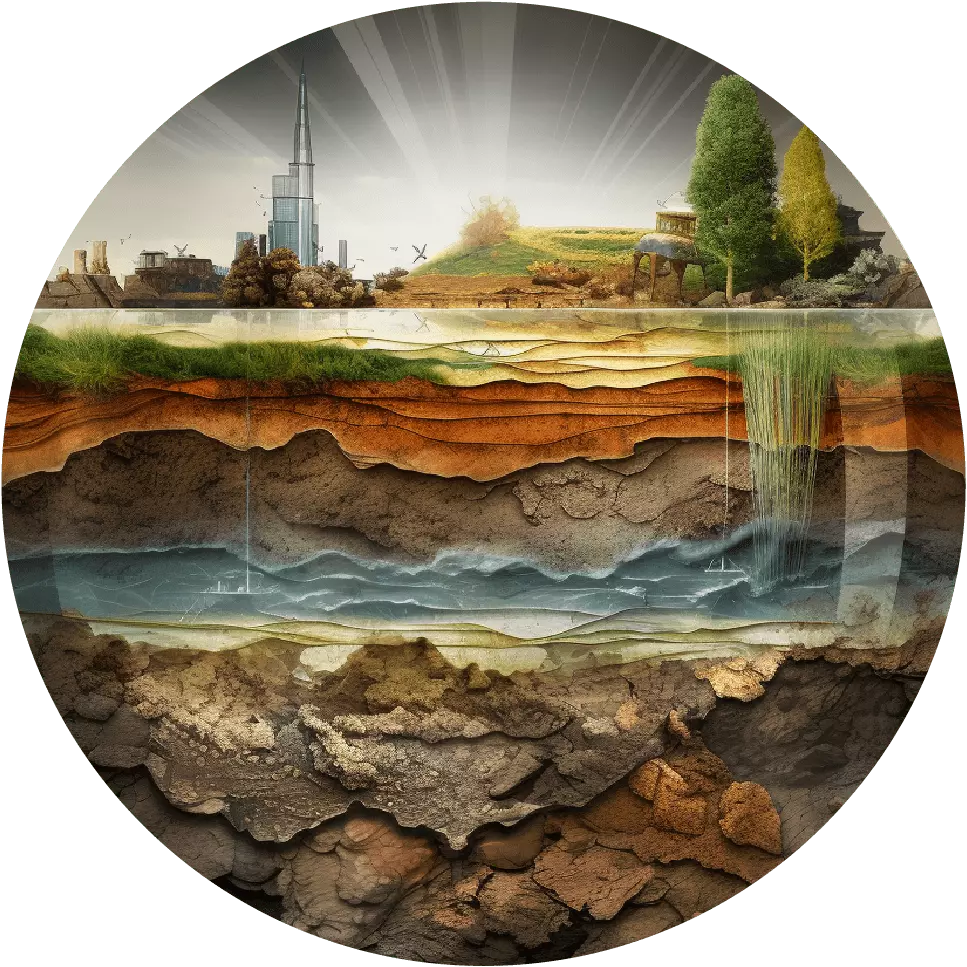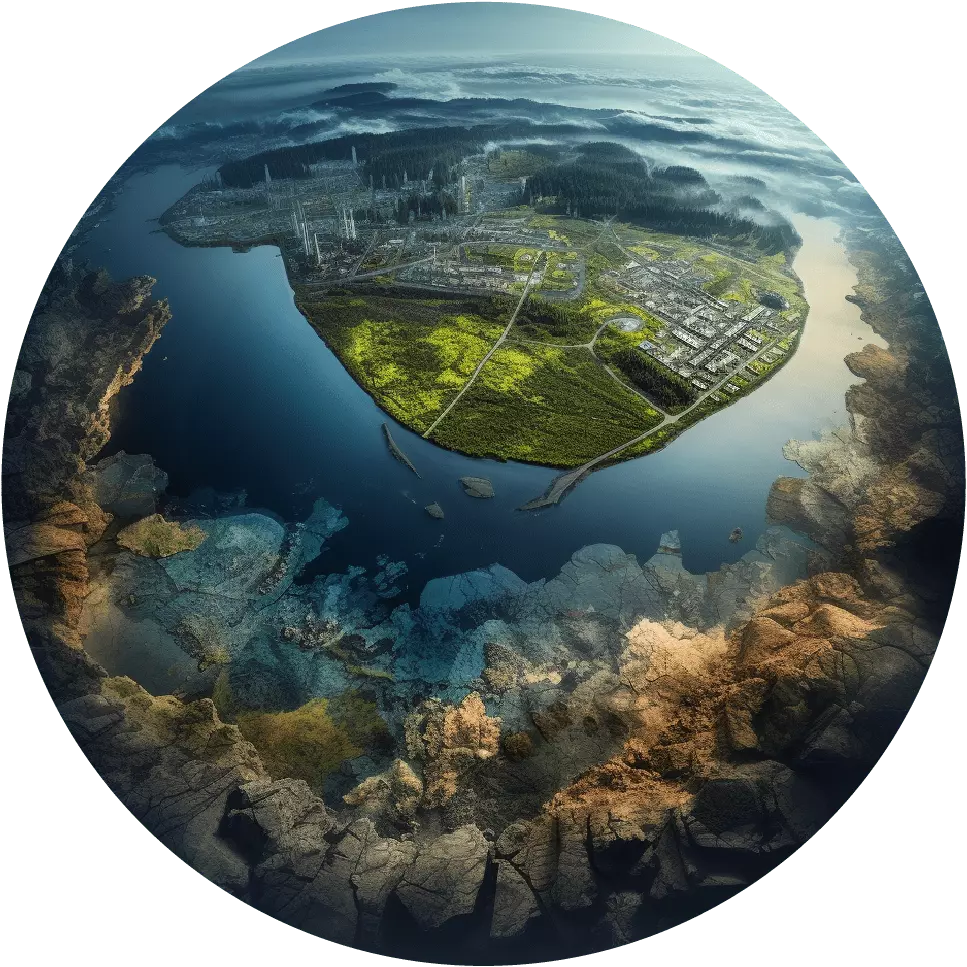

Brazilian Water Resources Monitoring Using NASA Data from Grace and Grace-FO Missions

The Problem
Brazil faces significant challenges related to water resources management.
Prolonged droughts in some regions and floods in others, demonstrate the critical need for monitoring accurate and real-time hydrological conditions.
Climate change and population growth further aggravate this situation, making it imperative to develop effective solutions for the sustainable management of these resources.

The Impact
The objective of this project is to enhance accessibility to data from NASA’s Grace and Grace-FO Missions, making vital information available to the Brazilian public. This effort will play a significant role in effectively managing the country’s water resources. By consistently and precisely monitoring changes in Earth’s gravitational field using data from the Grace and Grace-FO missions, Brazil will be better equipped to make informed decisions. This includes optimizing the allocation of water resources, mitigating the consequences of droughts and floods, and safeguarding essential aquatic ecosystems.

The Questions
The project will specifically address three crucial aspects concerning the identification, monitoring, and management of water resources in Brazil:
GWS – Groundwater Storage Percentile
This metric assesses the quantity of groundwater stored within an aquifer relative to its historical variations. “Groundwater storage” refers to the volume of water present underground, stored within porous rock layers or underground sediments. This resource is indispensable for drinking water supply, agricultural irrigation, and various other applications.
RTZSM – Root Zone Soil Moisture Percentile
This measurement evaluates soil moisture within the plant root zone in relation to historical fluctuations. “Root Zone Soil Moisture” denotes the water content in the soil layer accessible to plant roots. Adequate moisture in this zone is vital for plant health, crop growth, and effective water resource management.
SFSM – Surface Soil Moisture Percentile
This metric assesses surface soil moisture relative to historical variations. “Surface Soil Moisture” represents the water content in the topmost layer of soil, typically a few centimeters beneath the surface. This layer is of paramount importance for plants as it is where water absorption occurs. This metric finds extensive utility in environmental studies, meteorology, and agriculture, serving as a tool to monitor and comprehend soil moisture, permeability, and their implications for deeper soil layers.

Our Project
The project comprises of 3 main stages:
Step 1: Data Collection and Analysis
This stage involves continuous data collection from NASA’s Grace and Grace-FO missions. We conduct a comprehensive analysis of historical data concerning groundwater, root zone, and surface water levels to discern patterns and variations over time, particularly those correlated with shifts in water resources.
Step 2: Trend Assessment
In this phase, we assess soil trends and conditions.
This assessment holds significance across various sectors, as it furnishes essential insights into soil permeability and water retention characteristics. These insights serve as valuable guidance for the management of water resources, aiding in their adaptation to the ever-changing climate conditions.
Step 3: Informed Decision-Making
The metrics we’ve presented seek to provide value to water resource managers.
They serve as powerful tools for making informed decisions regarding water allocation, irrigation practices, and crop management. By optimizing water utilization, maximizing crop yields, and implementing conservation measures, these metrics empower managers to respond effectively to droughts and extreme weather events.

Solutions
Agricultural Optimization
Farmers can leverage these metrics for informed decisions on irrigation, planting schedules, and harvest timing. This optimization enhances water efficiency and maximizes crop yields.
Drought and Flood Prediction
In meteorology, these metrics serve as valuable indicators for forecasting droughts and floods. Soil moisture’s pivotal role in weather event responses makes these metrics invaluable in early warning systems.
Effective Disaster Management
The project’s implementation will bolster disaster preparedness and response efforts, reducing the impact on human lives and property during droughts and floods.
Environmental Preservation
Accurate monitoring supports the conservation and restoration of aquatic ecosystems, crucial for biodiversity and overall environmental health.
Water Resource Security
This initiative guarantees secure and reliable access to water resources for the population and key sectors such as family farming and the restoration of degraded areas, enhancing long-term water security.

Conclusion
The water resources monitoring project, utilizing data from NASA’s Grace and Grace-FO missions, marks a monumental stride toward sustainable water management in Brazil. Equipped with the capability to anticipate extreme events and efficiently allocate water resources, Brazil will fortify its readiness to confront future challenges. This endeavor ensures the provision of a secure water supply for its populace, sustains its internationally significant agriculture, and safeguards vital ecosystems.